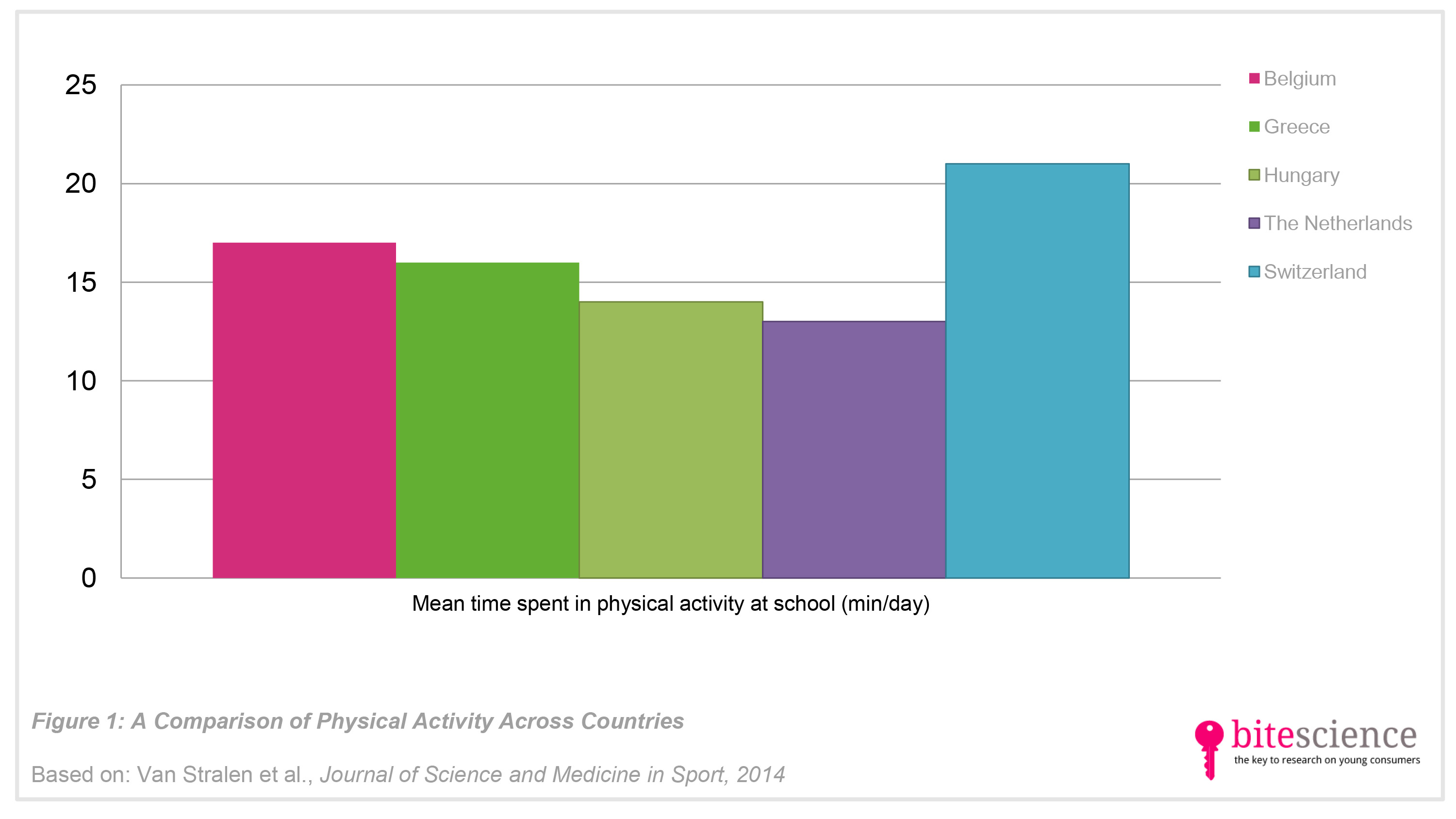
The Imbalance Between European Children’s Active and Inactive Behaviors at School
A study in the Journal of Science and Medicine in Sport reveals that there is an enormous imbalance between European children’s inactive and active time spend at school. While children spend a great amount of time in sedentary activities, like sitting on a chair, they spend far less time being physically active.
Take aways
- On average, European children (10-12 y/o) spend 65% of their school-time in sedentary (inactive) activities and 5% in physical (active) activities.
- Less than 10% of European children meet the recommendations of at least 30 minutes physical activity a day.
- Children’s inactive or active behaviors at school are not related to their ethnicity or the educational level of their parents.
- These insights should alert current European school systems to think about the possibilities they provide children to be physically active at school.
Study information
The question?
How physically active are European children at school, and are there any differences according to country, sex, ethnicity, parental education and weight status?
Who?
1,025 10- to 12-year-old children (mean age: 11 years old; 49% boys; 191 children from Belgium; 201 from Greece, 178 from Hungary; 190 from the Netherlands, and 265 from Switzerland)
Where?
Europe
How?
This study used data from the European Energy balance Research to prevent excessive weight Gain among Youth (ENERGY): a survey that measured weight status, ethnicity, physical activity and sedentary activity among primary school children (aged 10–12). To asses children’s activity behaviors on weekdays children wore accelerometers around their waist. These devices tracked the amount of minutes children spent per day on moderate to vigorous physical activities. Parental ethnicity and education were also assessed.
Facts and findings
- European children spent 5% of their school-time being physically active, ranging from 2% in the Netherlands, to 5% in Belgium, Greece, and Switzerland. See Figure 1 for an overview.
- European children spent 65% of their school-time being sedentary, ranging from 63% in Belgium to 67% in Hungary. See Figure 2 for an overview.
- Only 7% of the children met the recommendation of at least 30 minutes physical activity a day, ranging from 2% in the Netherlands to 14% in Switzerland.
- Girls spent slightly more of their school-time being sedentary (67%) than boys (63%), and boys spent more of their school-time being physical active (5%) than girls (4%).
- Parental education and ethnicity were not associated with the amount of school-time children spent on being either inactive or active.
- Remarkable fact: Dutch children who were overweight spent more school-time being sedentary than those normal weighted (66%).

